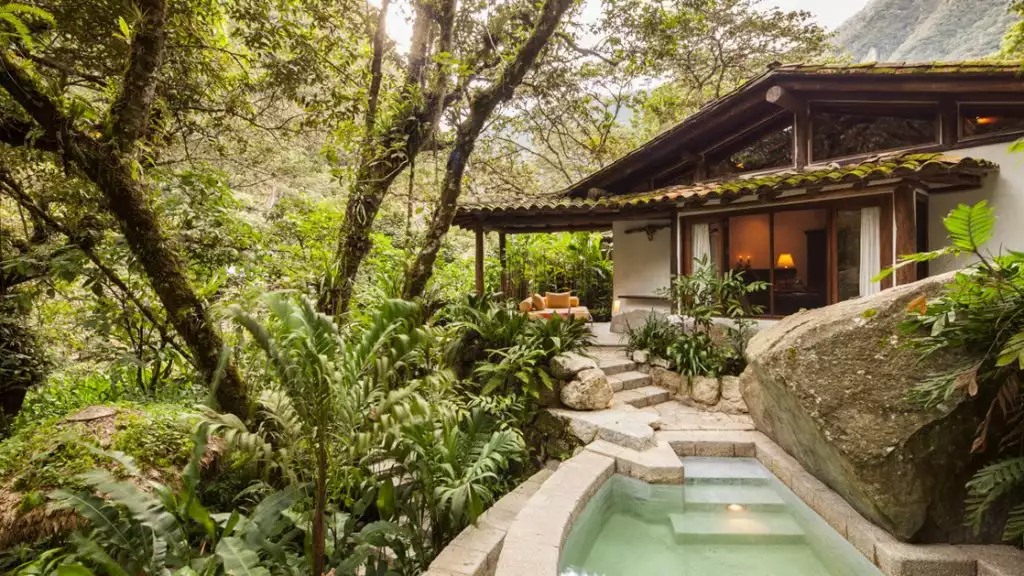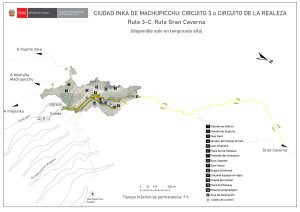How to Travel to Machu Picchu: The Ultimate 2025 Guide
Machu Picchu is one of the most iconic and mesmerizing destinations in the world, attracting millions of visitors annually. Nestled high in the Andes Mountains, this ancient Inca citadel is a masterpiece of architecture and history, offering breathtaking views and unforgettable experiences. Planning how to travel to Machu Picchu in 2025 requires careful preparation, from choosing the best routes to understanding ticketing and accommodation options.
In this detailed guide, we’ll cover everything you need to know for a seamless trip, ensuring your journey to this UNESCO World Heritage site is as rewarding as the destination itself.
Why Travel to Machu Picchu?
Machu Picchu’s allure lies in its perfect blend of natural beauty, historical significance, and cultural richness. Built in the 15th century during the height of the Inca Empire, the site was rediscovered in 1911 by American historian Hiram Bingham. Today, it stands as a testament to the Inca’s ingenuity and spiritual connection with nature.

Whether you’re an adventurer, history enthusiast, or simply a traveler seeking awe-inspiring views, Machu Picchu offers a once-in-a-lifetime experience.
How to Travel to Machu Picchu: Key Steps
1. Best Time to Travel to Machu Picchu
Choosing the right time to travel to Machu Picchu can greatly enhance your experience.
- Dry Season (April to October): Ideal for clear skies and hiking. This is the peak tourist season, so expect larger crowds.
- Rainy Season (November to March): Quieter and greener, but the days can be slippery.
2. Getting to Machu Picchu
There are multiple ways to reach Machu Picchu, depending on your preferences, time, and budget:
- By Train:
The train is the most convenient option. Departures from Cusco or Ollantaytambo take you to Aguas Calientes (Machu Picchu Pueblo). Train services include:

- By Hiking:
For adventurers, trekking is an unforgettable way to travel to Machu Picchu. Popular trails include:- The Classic Inca Trail: A 4-day trek that follows ancient paths. Requires a permit booked months in advance.
- The Salkantay Trek: A high-altitude route offering stunning views of glaciers.
- The Lares Trek: A less crowded option that passes through remote Andean villages.
- By Alternative Routes:
Combine bus and hiking options for a budget-friendly approach. Routes like Santa Teresa allow you to hike part of the way and enjoy unique perspectives.
3. Booking Machu Picchu Tickets
Tickets to Machu Picchu are limited and must be booked in advance, especially for popular additions like:
- Huayna Picchu: A steep climb offering panoramic views.
- Machu Picchu Mountain: A longer, more gradual hike for stunning vistas.
Tickets are available online through Peru’s official website https://tuboleto.cultura.pe/ or trusted agencies.
4. Accommodation Options
To make the most of your visit, staying in Aguas Calientes is recommended. Options include:
- Luxury Stays: Inkaterra Machu Picchu Pueblo or Sumaq Machu Picchu Hotel.
- Mid-Range Options: El MaPi by Inkaterra or Tierra Viva Machu Picchu.
- Budget-Friendly Hostels: Supertramp Hostel or Ecopackers Machu Picchu.

New Circuits at Machu Picchu
1. Panoramic Circuit
It is characterized by offering options for wide or panoramic views of the Inca City of Machu Picchu and its sacred mountains, serving as a space for connecting with Andean deities. There are four (4) routes, which take you to the highest part of Machu Picchu and lead you through narrow paths, enjoying an extraordinary scenic landscape where you can appreciate the most impressive views of the Inca City and its surroundings, going beyond the classic photo. Each route requires a different physical effort, which is compensated by the captivating beauty of its architecture, the spatial organization of its buildings built on the mountain, and the harmony they maintain with nature.




2. Classic Circuit
It is characterized by combining a visit to the terraces in the middle part and the entire urban area of the Inca City of Machu Picchu. You will explore buildings used as homes and ritual spaces for observing the stars. It has two routes that require moderate physical effort.


3. Machu Picchu Royalty
It consists of four routes and is characterized by exploring the most sacred and important spaces occupied by the Inca royalty, such as the Temple of the Sun, the House of the Inca, and the Temple of the Condor, among others. This circuit requires little physical effort. If you choose to hike the Huayna Picchu or Huchuy Picchu mountains or head towards the Great Cave, greater physical effort and more time are required.




Essential Tips for Traveling to Machu Picchu
- Acclimatize in Cusco: Spend 2–3 days acclimating to the altitude to avoid altitude sickness.
- Pack Smart: Include hiking boots, a rain jacket, sunscreen, and a reusable water bottle.
- Arrive Early: Beat the crowds by visiting in the early morning.
- Respect the Site: Follow all guidelines to help preserve the site’s beauty and significance.
- Travel with a Guide: Gain deeper insights into the history and cultural importance of the site.
Sample Itinerary: How to Travel to Machu Picchu
Day 1: Cusco to Aguas Calientes
- Depart Cusco by train or bus and arrive in Aguas Calientes.
- Explore the town’s local markets or visit the thermal baths.
- Overnight stay in Aguas Calientes.

Day 2: Machu Picchu Exploration
- Take an early morning bus to Machu Picchu.
- Enjoy a guided tour of the citadel, exploring the Sun Gate, Temple of the Sun, and terraces.
- Optional hike to Huayna Picchu or Machu Picchu Mountain.
- Return to Aguas Calientes for lunch and take the train back to Cusco.
FAQs: How to Travel to Machu Picchu in 2025
Q: How far in advance should I book tickets?
A: Book tickets 4–6 months in advance, especially for the Inca Trail and Huayna Picchu.
Q: Are there restrictions on visiting Machu Picchu?
A: Yes, tickets are time-specific, and capacity is limited to protect the site.
Q: Can I visit Machu Picchu without hiking?
A: Absolutely! The train route is perfect for those who prefer not to hike.
Q: What should I pack for the trip?
A: Essentials include comfortable hiking gear, sun protection, a rain jacket, and snacks.
